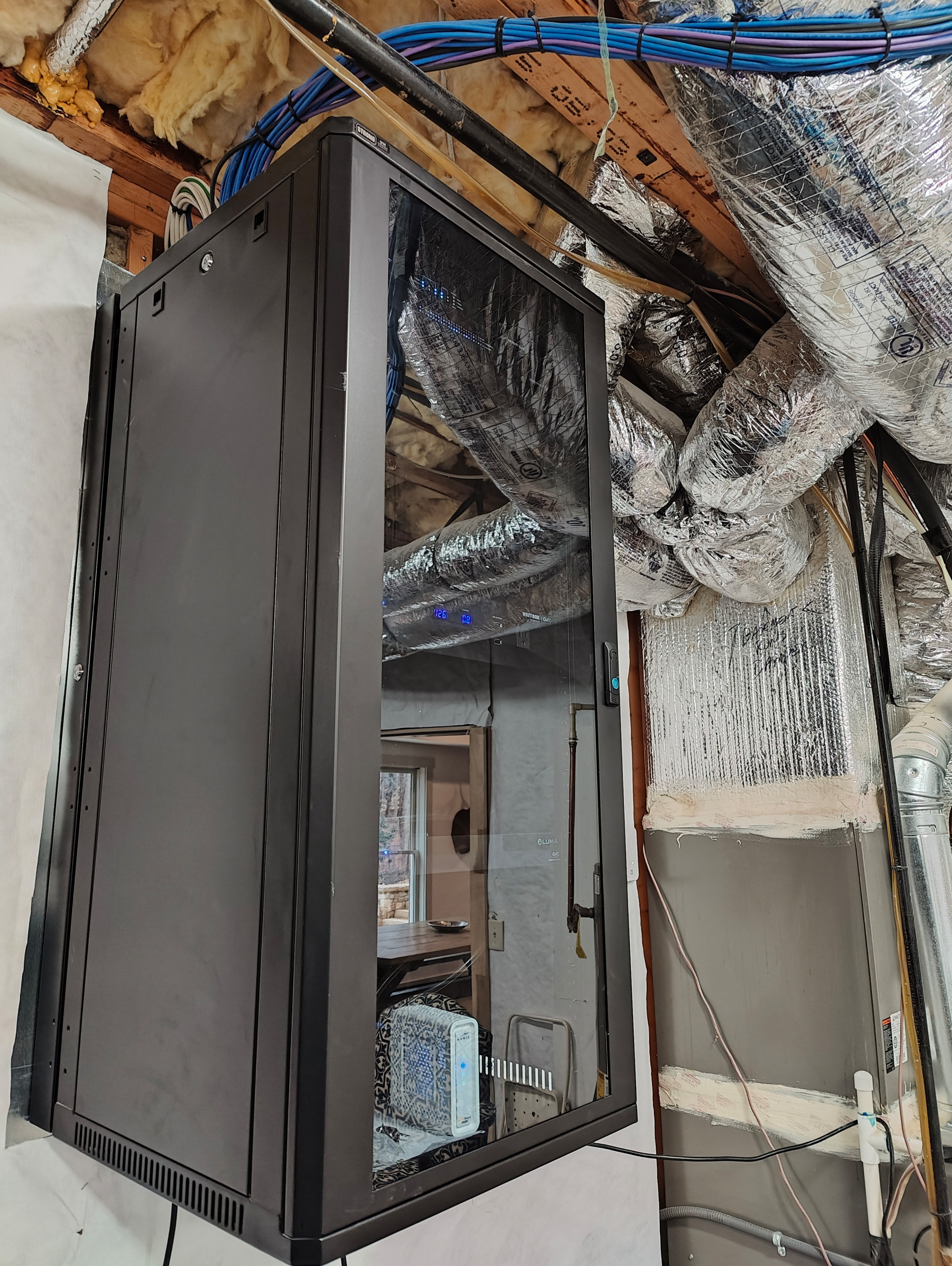
NETWORKING
A home network is a local area network (LAN) designed to connect various devices within a household, allowing them to communicate with one another and access the internet. This setup typically includes equipment such as routers, switches, and access points that facilitate these connections.
With a home network, users can share essential resources effortlessly. For example, multiple devices can access the same internet connection, enabling seamless browsing, streaming, and online gaming across smartphones, tablets, laptops, and desktop computers. Additionally, files can be easily shared between devices, allowing for collaborative work or the transfer of photos and documents without the need for external storage devices.
Printers and other peripherals can also be connected to the network, making it easy for any device on the network to send print jobs or access shared resources. Furthermore, smart devices, such as smart TVs, security cameras, and smart home assistants, can be integrated into the home network, enhancing convenience and automation within the household. Overall, a well-configured home network significantly improves connectivity, resource sharing, and the overall digital experience for all users in the home.
Access Points
Access points enhance home networks by extending Wi-Fi coverage, improving signal strength in areas with poor reception, and supporting multiple devices simultaneously, especially in larger homes or buildings. They act as wireless bridges, allowing devices to connect to the network without the need for extensive cabling, using a single trunk line instead. Access points are recommended for complex smart home environments because they offer more features than mesh networks.
Mesh Networks
A mesh network is a type of network where devices, referred to as nodes, connect to one another, creating multiple paths for data transmission. Unlike traditional networks that rely on a single access point, mesh networks utilize multiple interconnected nodes to distribute and route data. This configuration offers more reliable and robust coverage, particularly over larger areas. Additionally, the nodes in a mesh network can be connected through wired (hardline) or wireless methods, making it a suitable option for homes that lack Ethernet access throughout.
Reliability
A home network is the backbone of everything you do in your smart home. Whether you're listening to audio, watching TV, controlling your thermostat, changing your lights, or adjusting your shades, the network manages it all as well as your internet access. A strong, reliable network is the most important step you can take in creating a smart home. Using professional-grade products instead of consumer-grade ones is crucial for enhancing the quality of life in your home.
